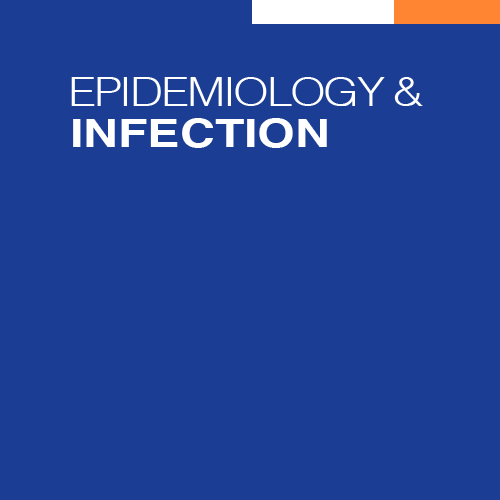Résumé
Nous avons utilisé un modèle de progression de la maladie pour prédire le nombre d'infections virémiques, de cas cirrhotiques et de décès liés au foie dans l'État de Rhode Island (RI) selon quatre scénarios de traitement : (1) paradigme actuel de traitement du VHC (environ 215 patients traités chaque année, critères de remboursement Medicaid stade de fibrose ⩾F3) ; (2) intensification immédiate du traitement (à 430 par an) et critères de remboursement Medicaid moins restrictifs (stade de fibrose ⩾F2) ; (3) intensification immédiate du traitement et aucun critère de remboursement Medicaid spécifique au stade de fibrose (⩾F0) ; (4) un scénario « d'élimination » (c'est-à-dire une intensification continue du traitement nécessaire pour atteindre une réduction >90% des cas virémiques d'ici 2030). Selon les modèles de traitement actuels, le nombre de cas cirrhotiques et de décès liés au foie atteindra un plateau et un pic d'ici 2030, respectivement. Français L'intensification du traitement avec des critères de traitement de stade de fibrose ⩾F2 et ⩾F0 pourrait réduire le nombre de cas cirrhotiques de 21,7% et 10,0%, et le nombre de décès liés au foie de 19,3% et 7,4%, respectivement d'ici 2030. Pour atteindre une réduction >90% des cas virémiques d'ici 2030, plus de 2000 personnes devront être traitées chaque année d'ici 2020. Cette stratégie pourrait réduire les cas de cirrhose et les décès liés au foie de 78,9% et 72,4%, respectivement d'ici 2030. Une augmentation du recours au traitement du VHC est nécessaire pour réduire considérablement la charge du VHC d'ici 2030 dans le Rhode Island.
Des pays: États-Unis - Rhode Island

